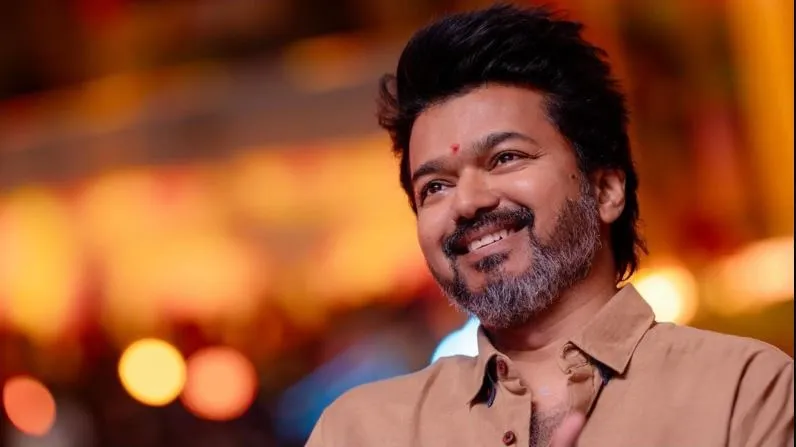

Hyderabad, Dec 29: South Indian superstar Thalapathy Vijay has announced his retirement from films, with his final movie, Jana Nayagan, set to release on January 9, 2026. Ahead of the release, the film’s audio launch was held in Malaysia on December 27, where an emotional Vijay described the project as “painful.”
The actor, who launched his political party Tamilaga Vettri Kazhagam last year, is now fully focused on politics and plans to contest the upcoming Tamil Nadu state elections. Speaking about his last film, Vijay said, “I don’t know whether I should say this or not, but my last film was a bit painful.”
Vijay added, “For me, only one thing is important. People come to theatres and stand in queues to see me. For that reason, I am ready to stand for them for the next 30–33 years. I have faced all kinds of criticism since day one, but my fans have stood by me from the beginning. I entered cinema to build a small sand house, but you all gave me a palace.”
Jana Nayagan is directed by H. Vinoth and features Bobby Deol, Pooja Hegde, Mamitha Baiju, Gautham Vasudev Menon, Prakash Raj, Narayan, and Priyamani in key roles.
This marks the end of an era in Tamil cinema as Vijay transitions from a celebrated film career to a promising political journey.